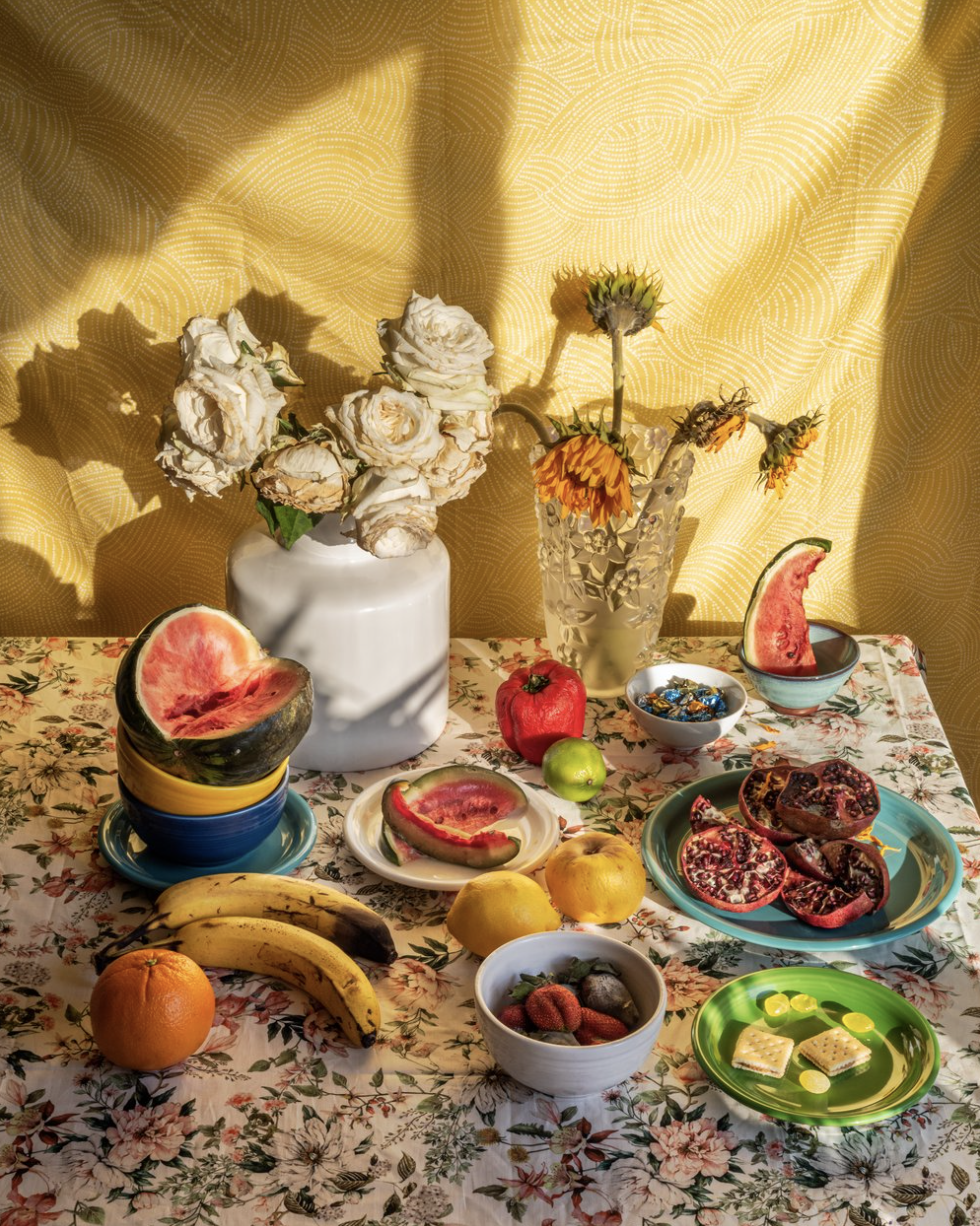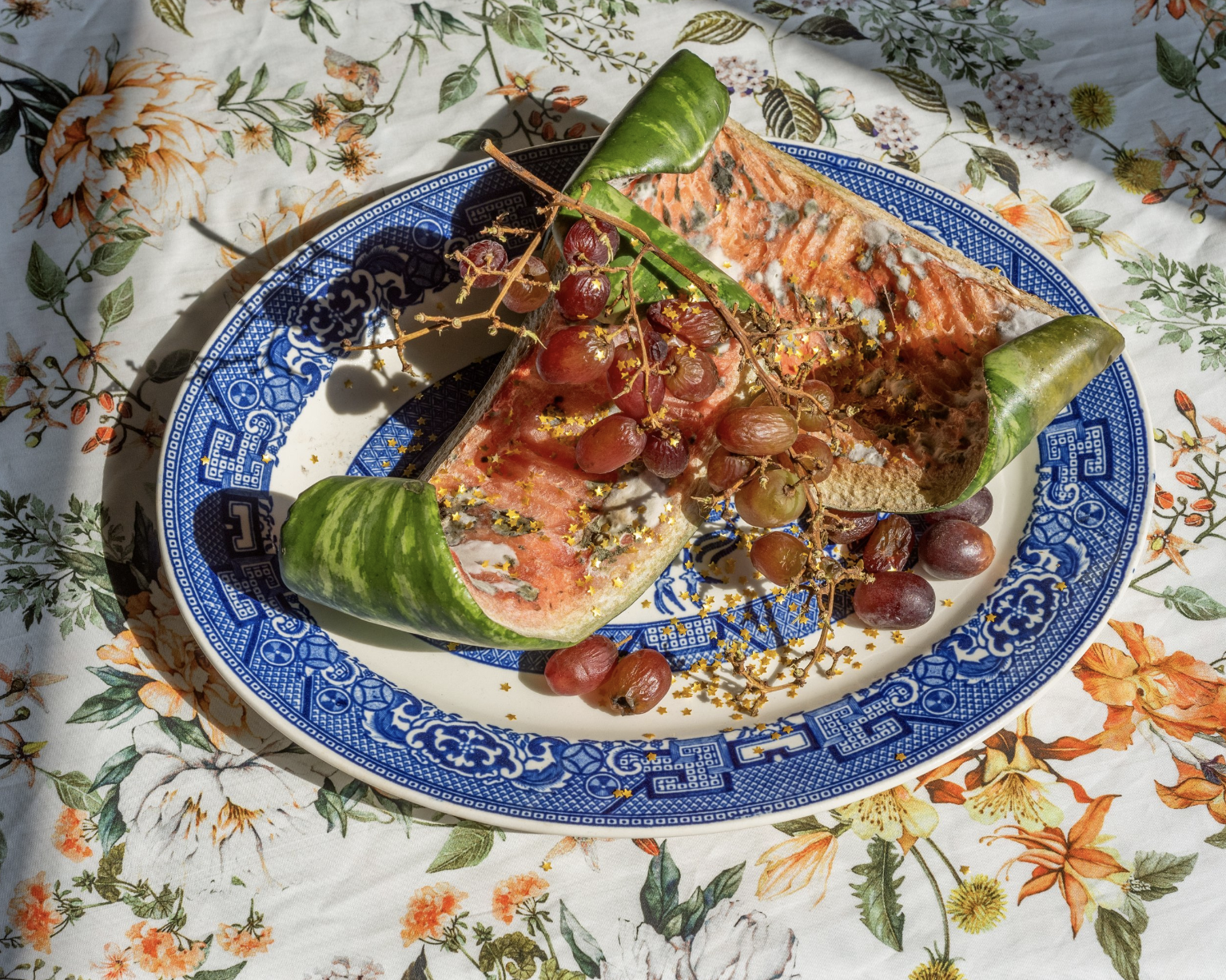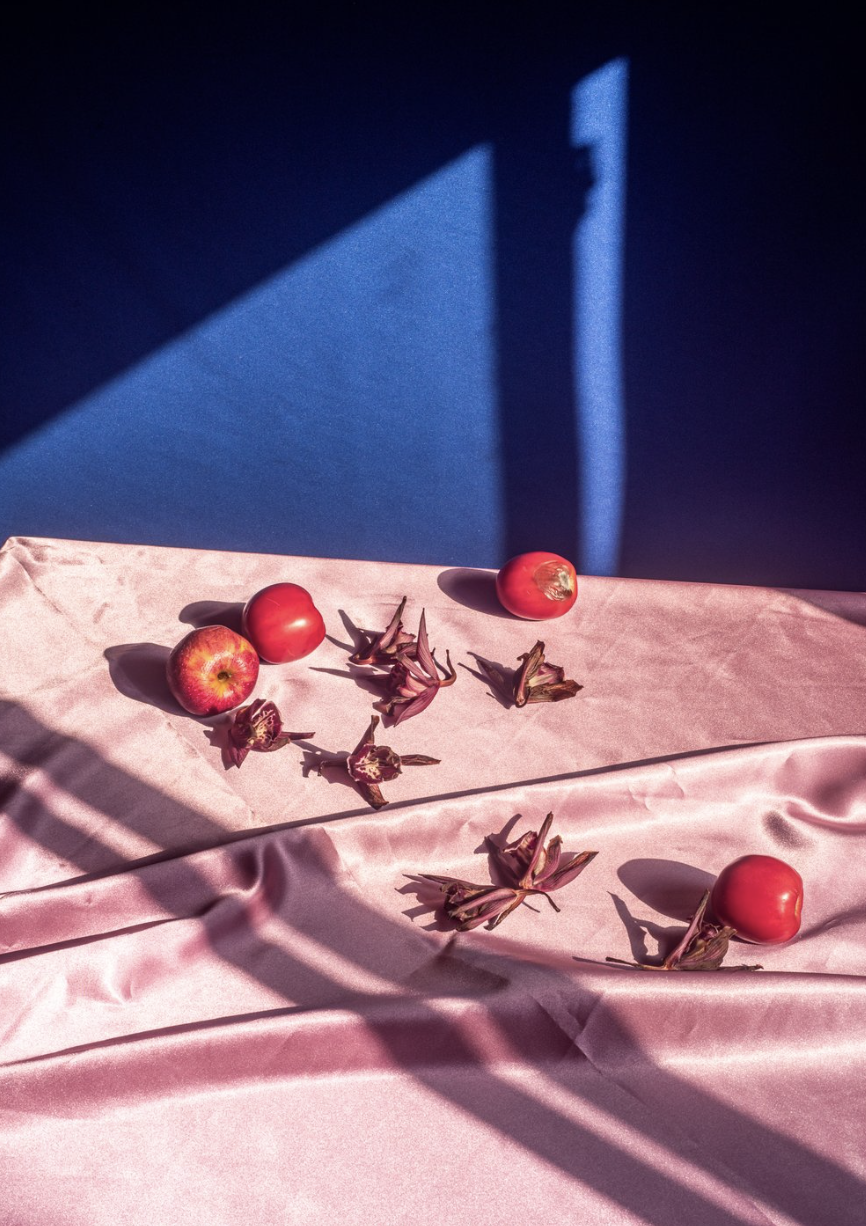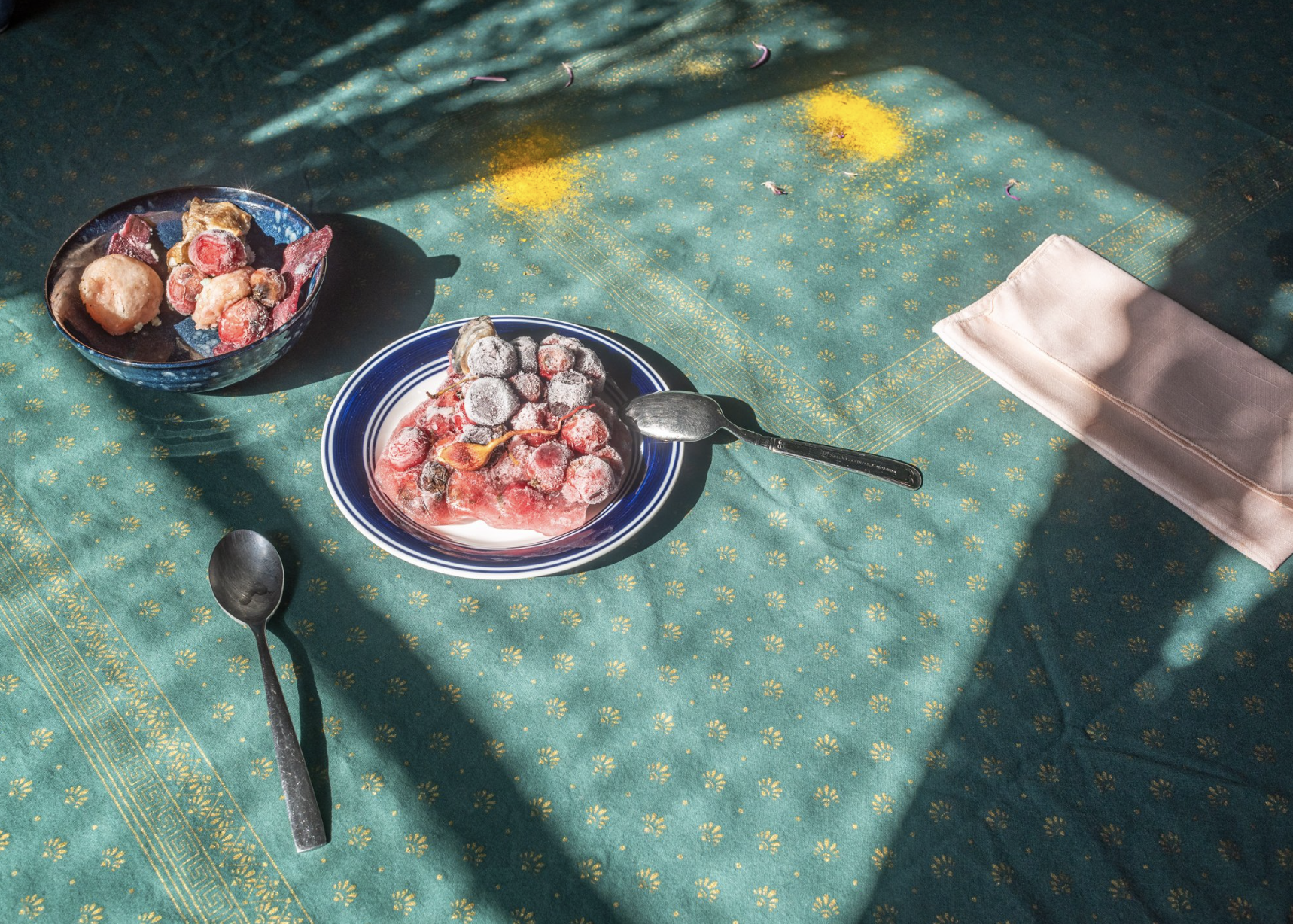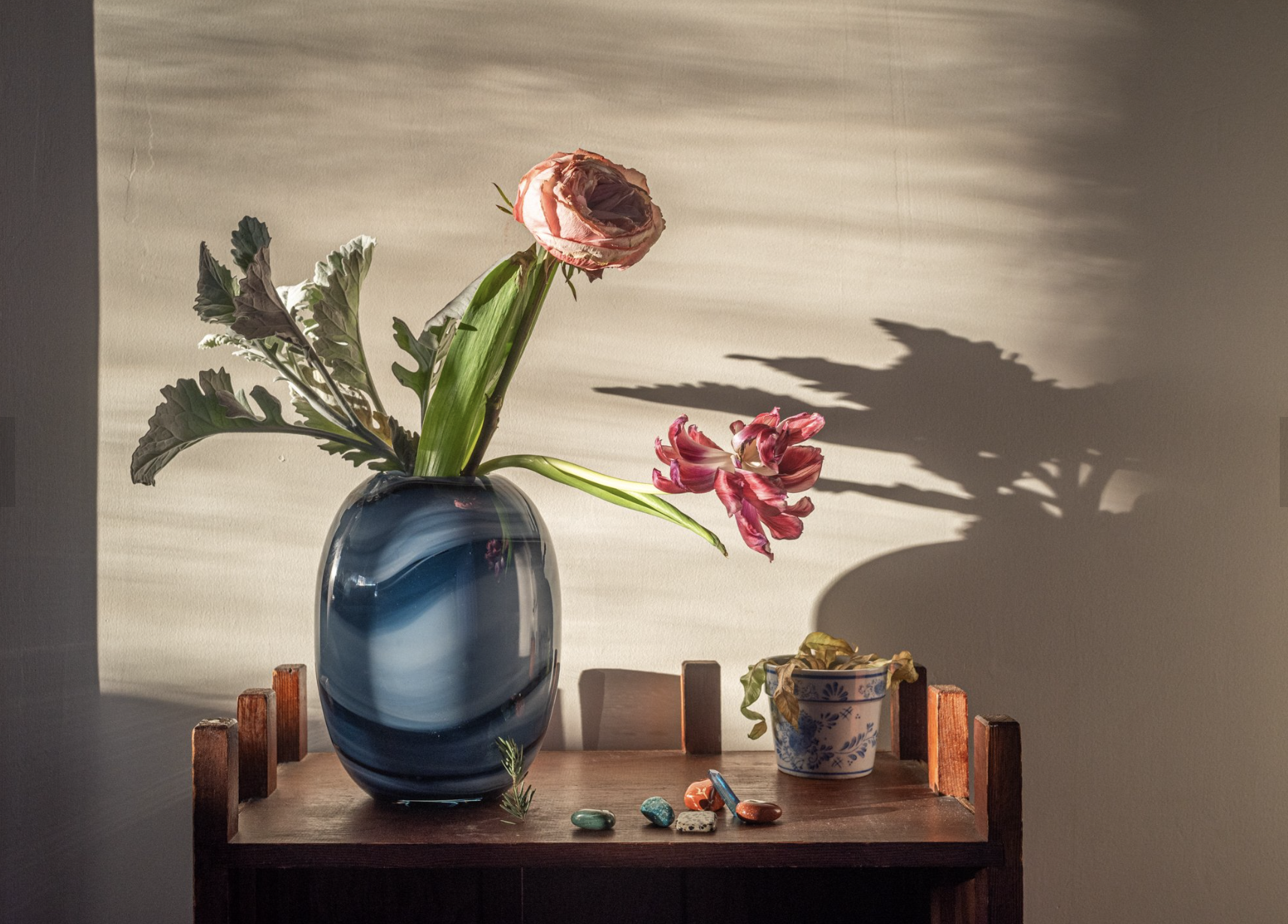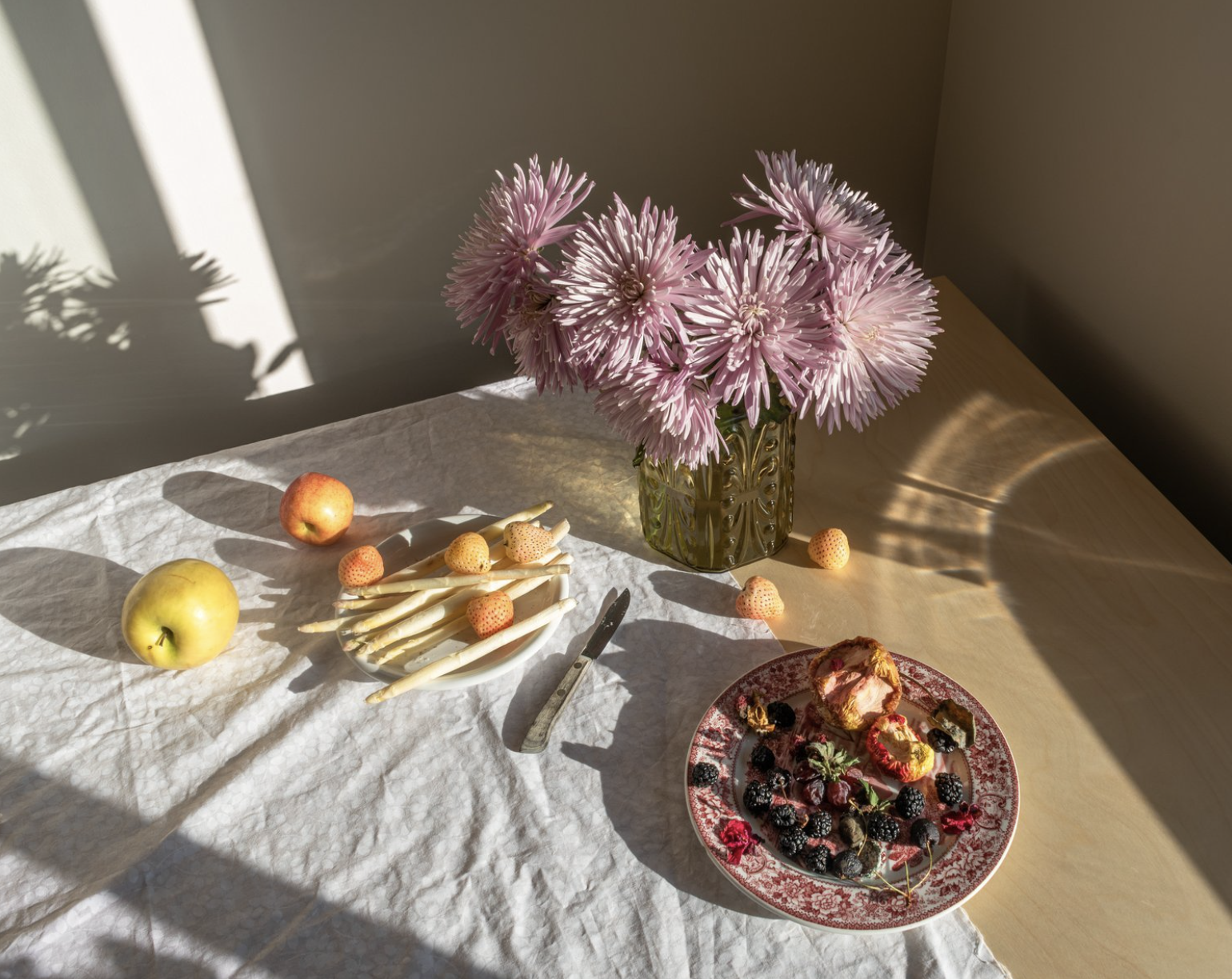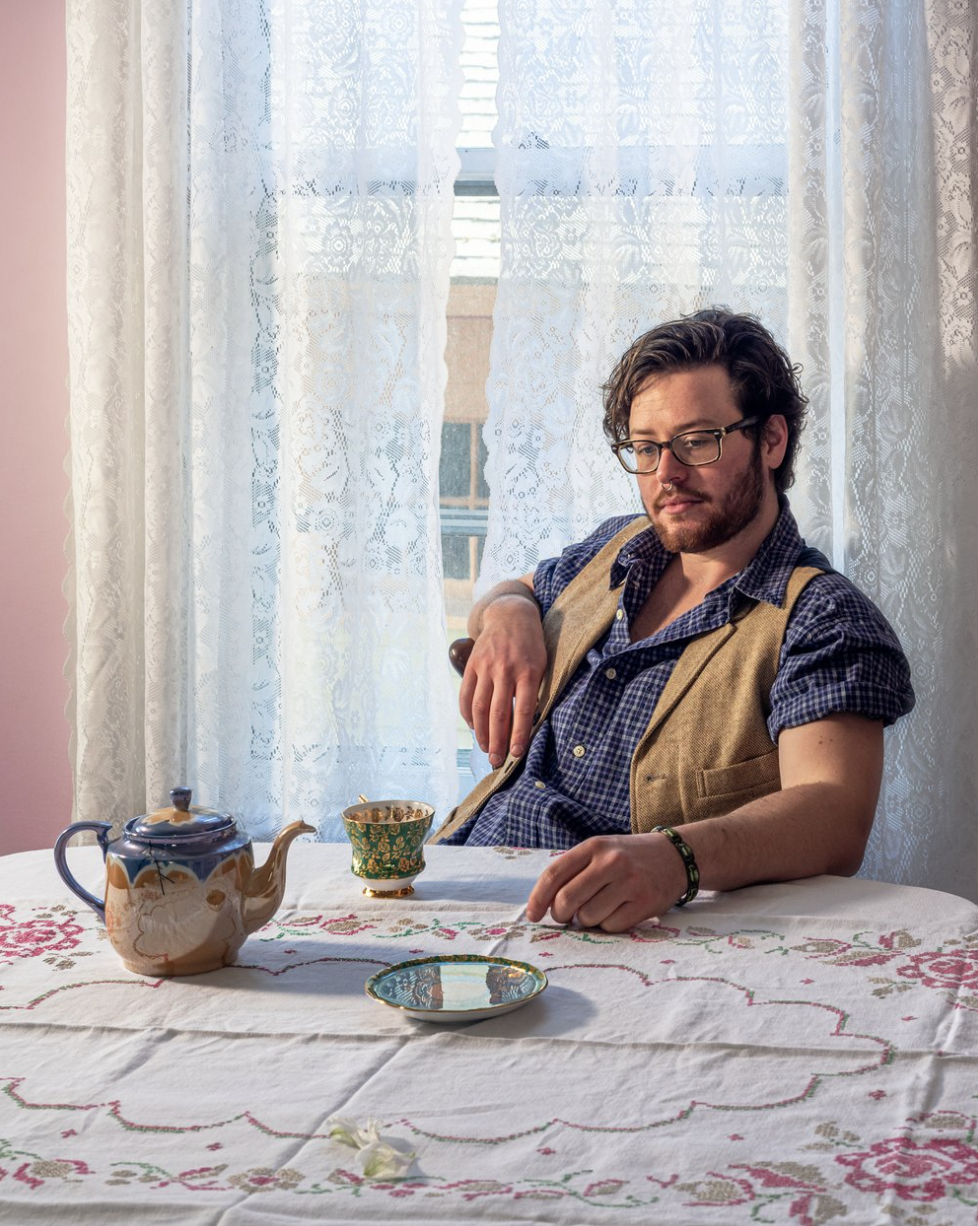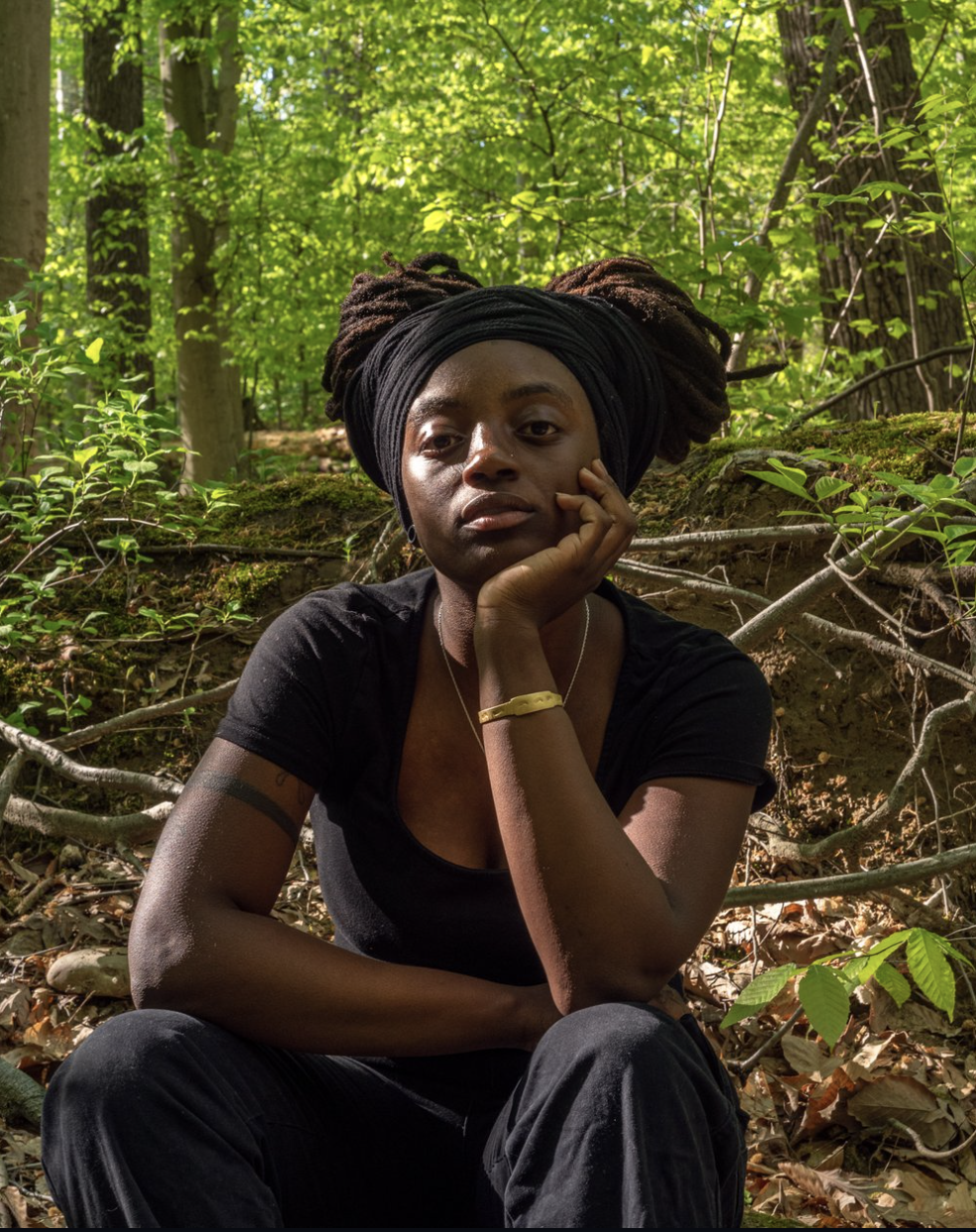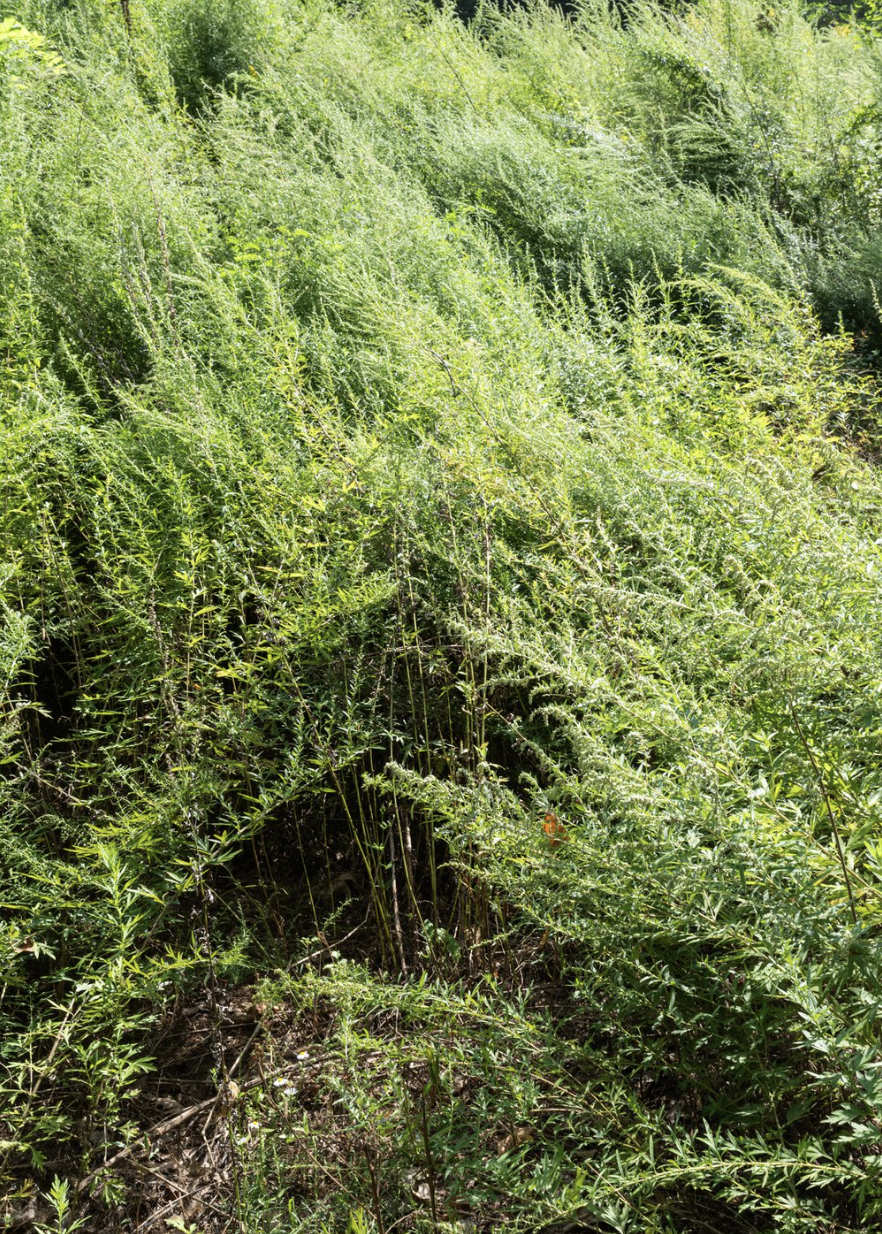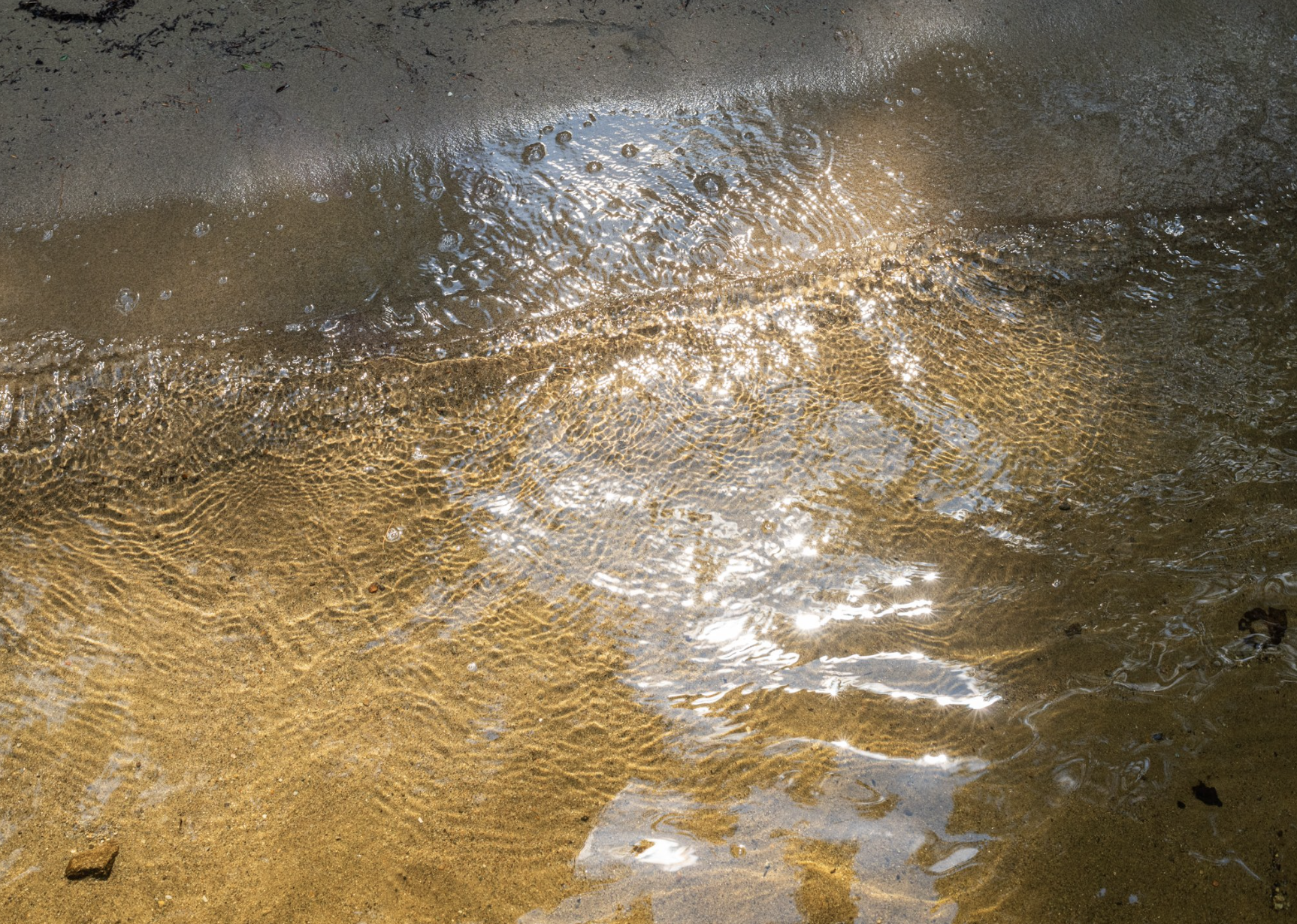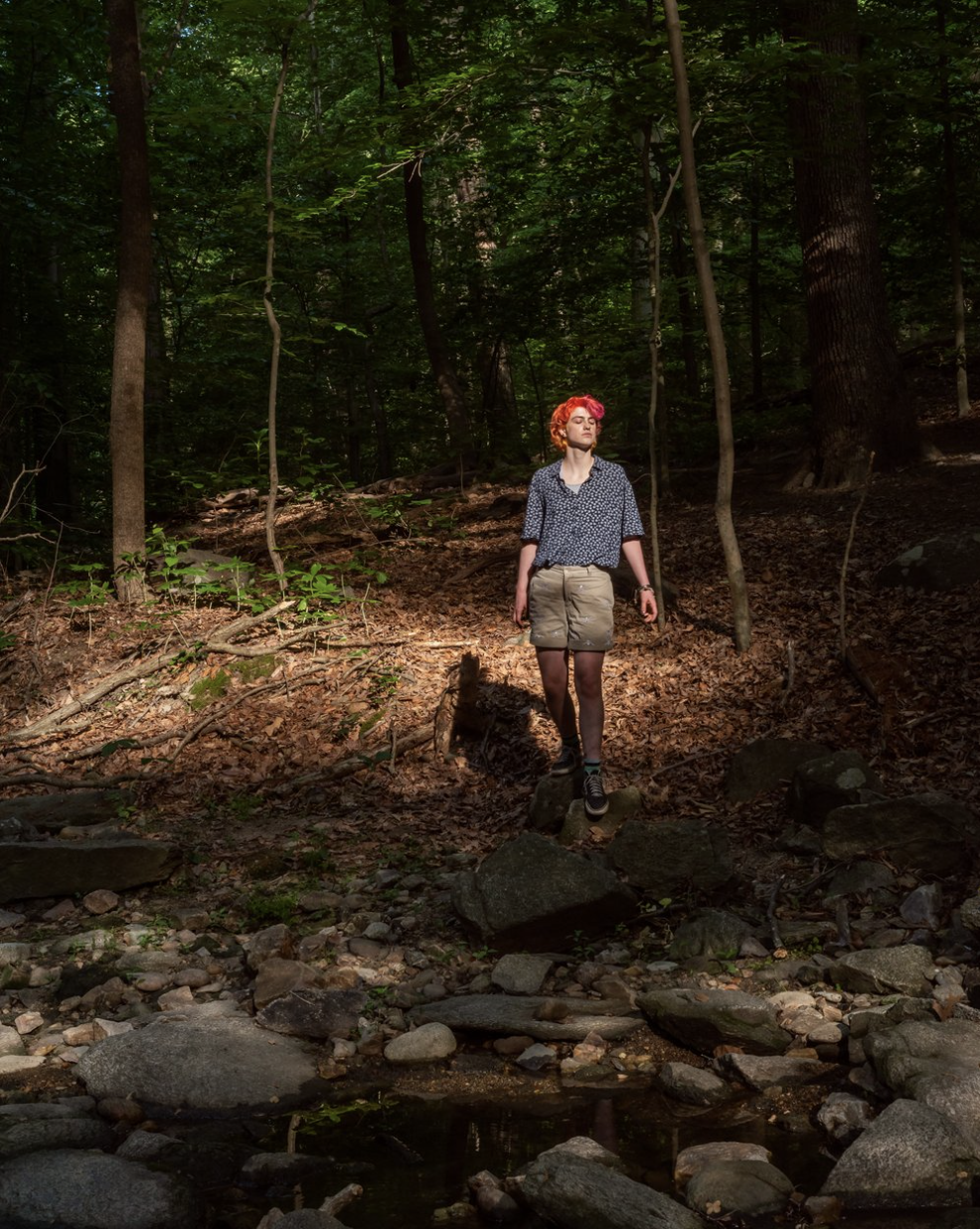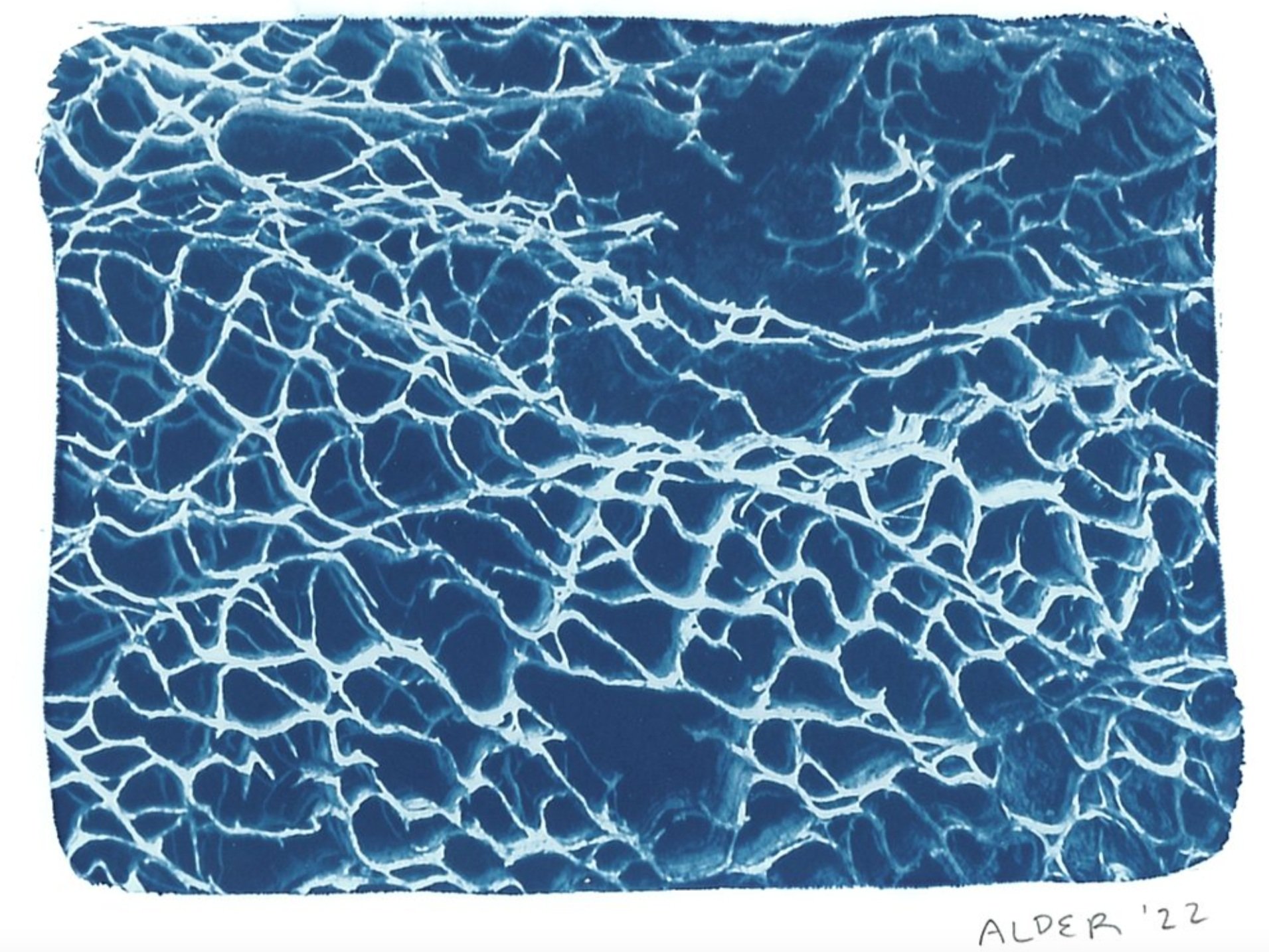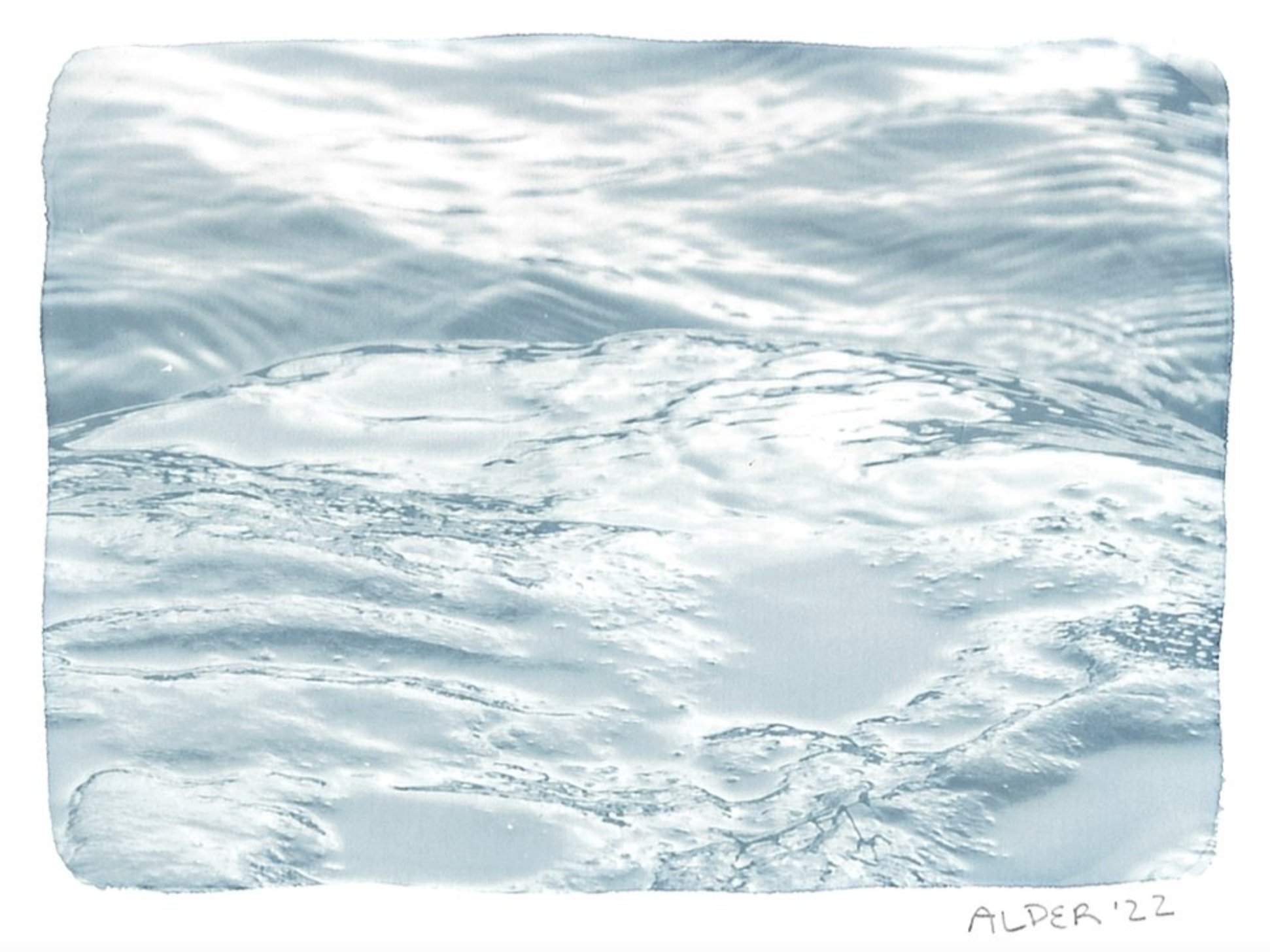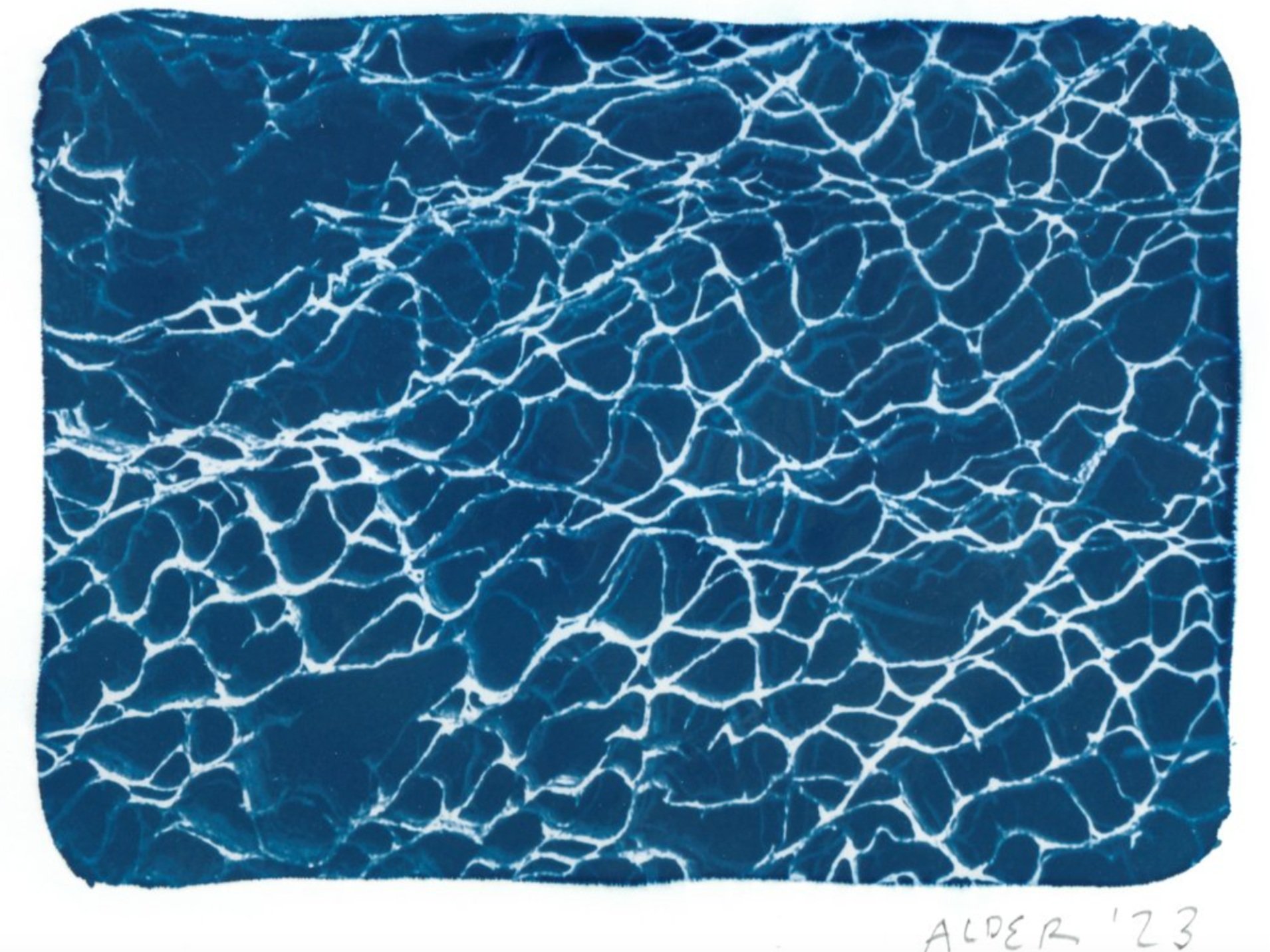Aurelia “Alder” Wrenn
Aurelia “Alder” Wrenn (they/them) is a photographer and paper collage artist known for capturing echoes of intimacy in their work. Originally from Maryland and now based in Maine since 2018, Alder's artistic practice revolves around deconstructing and reconstructing elements. Their subjects often explore themes of beauty, identity, ritual, compulsion, familiarity, and stillness.
Match, 2024, Cut paper collage and watercolor pencil
Memento, 2024, Cut paper collage and cyanotype
Do you find that your paperwork and photography intersect? Or do you feel as though they are separate entities?
They are linked in that they both are vehicles for experimentation and color, but the paper collages often come from a more emotional place. I first started making them to process some highly complicated feelings of grief, and a few of them started as containers for big emotions such as yearning, frustration, and climate anxiety. But they’re not all about breakups and bereavement: I’m often challenging myself to make something as silly or as messy as possible to shake off the paralysis of perfectionism and foster a little joy.
What artists or artworks influence your practice and continued creativity?
There are so many artists I look to for inspiration that I almost wouldn’t know where to begin! I always come back to the levity of Laura Letinsky’s work as a guiding star, and lately, I’ve been thinking a lot about Paul Klee’s layering of color. Among the most consulted books on my shelves are volumes by Nan Goldin, Brion Gysin, Minor White, Ana Mendieta, and Robert Mapplethorpe. Some other artists I’ve recently been spellbound by include Tanya Marcuse, Xuebing Du, Forrest Miceli, Nicole Duennebier, and Alder James. Lastly, a few musicians who have a special presence in my practice are Katie Austra Stelmanis, Beth Ditto, Florence Welch, Jonna Lee, and Zoë Keating.
Your series “Letters to the Sun” seemed to have blossomed during the uncertainty of early pandemic days, do you find that to be true? Do you see those images now and relate them to that time in the world and your life?
This project started out as a way of sharpening my studio skills and developing a practice of observing how things changed over time. Later it also became an attempt to self-regulate; though I was safe at home and supported by my family I had gone off most of my medications because my sense of time was so skewed that I constantly missed doses, and I had become almost completely nocturnal. I discovered that if I stayed up all night editing photographs and building virtual art galleries in a video game—then shifted to making still lives in the couple hours of direct morning sunlight my bedroom received—I could channel my nervous energies into something vivid and messy and cathartic, then sleep through the portion of the day when the outside world was the noisiest and most hectic.
Eventually I began to photograph people again, mostly strangers and old friends who lived in the DC area. Further guidance came from an online class taught by the phenomenal Jocelyn Lee, and I found myself drawing connections between the new works made in Maryland and portraits I had previously made of friends in Maine. I missed the warmth and vibrancy of my community, and found a small piece of that reflected in the images I was making. I find it significant that since returning to Maine and reconnecting with my found family I have made far fewer still lifes in this manner: gone is the need for substitution.
Enlightenment, 2023, Cut paper collage
What non-art-related aspects of life inspire your creativity?
One of my favorite things to do on a nice day is to meditate outside. I consider myself somewhat of a sun worshiper: the warmth of the sun on my skin is the closest approximation of divinity I believe in, and occasionally while meditating I will have some sort of inner vision that provides the foundation for an artwork or image. I have always held some degree of aphantasia, so when this does happen I tend to pursue it. I also find inspiration in a lot of small serendipitous joys—like when I discover some small object I didn’t even realize I had lost, or when I slice into a fresh mango to find it is perfectly ripe like a custard of itself.
Does your wonderful work with Maine Trans Net inspire your artistic work in any way?
I think that working with the folks at MTN (some of whom I’ve known for years now) has been instrumental in helping me get out of my head, and it’s given me the chance to make some profound connections with people who teach me new ways of thinking. Even on a day where I spend most of my time just sorting clothes and tidying up at the thrift shop, I may find some inspiration in the most unexpected places. More than anything, it crystallizes for me the vitality of cultivating community and being true to oneself.
Aerith Says Trans Rights!, 2023, Cut paper collage and cyanotype
Do you have any projects you are excited to delve into this summer?
Summer is always the time for cyanotypes in my book, and I’ve been promising to show a good friend of mine how to make them in their backyard. I’m really looking forward to spending whole afternoons outside and seeing what we end up making!
The SPEEDWELL SPOTLIGHT is a series that focuses on living New England artists AND International artists, living and deceased, who we believe deserve greater attention. Our featured artists are all emblematic of our mission and sometimes will include emerging artists whose work is especially remarkable. Through these highlights, we hope to expand appreciation of the work of these significant artists well beyond the capacity of our physical walls.






